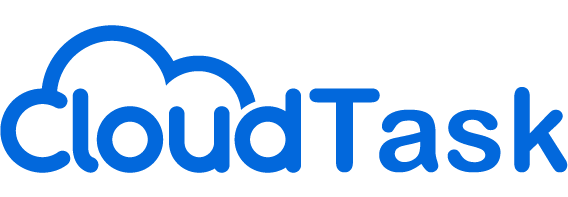There’s a relentless competition unfolding in the sales arena: Inbound vs. Outbound sales. What sets them apart? Which approach dovetails with your company’s ethos? If you’re on the cusp of assembling an inbound sales call center, orchestrating an outbound sales team, or crafting a hybrid sales force, then this article is your guiding light.
Inbound aficionados often extol its virtues, underscoring how it enables brands to magnetize customers, be cost-effective, and scale seamlessly. On the flip side, outbound selling, especially when orchestrated by a proficient outbound sales agency, remains a potent avenue to foster trust, clinch big deals, and steer the rudder.
The crux of the matter is, both approaches harbor their own set of merits and demerits, acting as tools to be wielded to attain desired outcomes and goals.
The strategy blueprint you sketch for your team will hinge on your sales team structure, goals, target audience, your product or service, and other variables unique to each scenario. The mix of inbound and outbound sales channels you choose can significantly impact your marketing efforts.
Let’s delve into the core differences between these two sales strategies.
The Difference Between Inbound and Outbound Sales
At its core, the dichotomy between inbound and outbound sales lies in who spearheads the sales relationship. Inbound sales processes are triggered by the prospect, while outbound sales are propelled by sales representatives reaching out to the prospect first.
Inbound Sales
Prospects are drawn to the company while seeking information to alleviate their problem/need/pain point.
They scour through blogs, partake in webinars, schedule free consultations, etc.
Prospects share their email to snag a free eBook, an infographic, a tool, etc.
An inbound salesperson might then email or call them.
Inbound prospects generally exhibit a higher level of awareness and engagement from the get-go.
Outbound Sales
Here, the salesperson takes the initiative to present the service/product to the prospect.
The outreach could span cold calling, cold emailing, or even cold texting the prospect, epitomizing the essence of outbounding.
Outbound leads are usually less aware and less engaged.
Let’s set the record straight: neither method reigns supreme. Both can serve as formidable arsenals for propelling a company’s growth and bolstering revenue. The strategy you unfurl will be contingent on myriad factors including the nature of your business, your average deal size, and the level of awareness your customers harbor regarding the solutions you proffer.
We’ll now scrutinize both sales approaches to furnish a clearer understanding of which strategy could emerge as the best growth conduit for your business.
Inbound Sales
Inbound sales is a technique where companies “pull” interested prospects and qualify them to ascertain if they’re a match for their product. Essentially, inbound sales zooms in on the customer’s needs, with the salesperson morphing into a trusted advisor, aligning with the buyer’s journey. This forms the bedrock of an effective inbound sales strategy.
The inbound sales process unfolds over four stages:
Identify potential customers Connect with leads Explore deeper Advise on a solution
Inbound sales can be a cost-effective avenue, especially when dovetailed with a robust inbound marketing strategy, as it targets and engages only those who have demonstrated interest in your company.
Outbound Sales
Outbound sales is the realm where companies push their message or pitch to prospects, through cold calling, social selling, email marketing, and more. In outbound sales, the sales reps are the active agents contacting leads, a stark contrast to the reactive stance in inbound sales.
Outbound sales, often misinterpreted as merely cold calling, is much more. It’s the result of data-driven research and can be pivotal in a well-rounded outbound B2B strategy.
The outbound sales process spans five stages:
Identify potential customers Generate leads Contact and qualify leads Show off your solution Close the deal
Combining Outbound and Inbound: The best of both worlds
Need it be a binary choice? Absolutely not!
A blended approach weaving inbound and outbound sales can significantly bolster your sales funnel. For instance, in recent years, content marketing, a facet of inbound marketing, has gained traction to capture leads online.
Once you have a repository of inbound leads, deploying outbound methods to follow up, qualify, and close deals can be highly effective. For example, calling leads who have downloaded your content but haven’t responded to follow-up emails can propel them further down the sales funnel.
And if inbound leads are scant, outbound sales, when executed astutely, can be a powerhouse to replenish your funnel.
By amalgamating the intelligence gathering prowess of inbound sales and the proactive outreach of outbound sales, you harness the best of both worlds.





